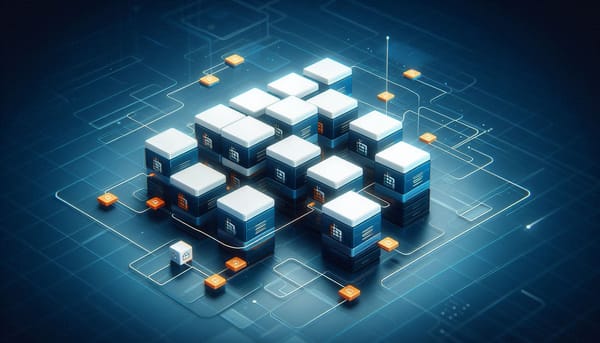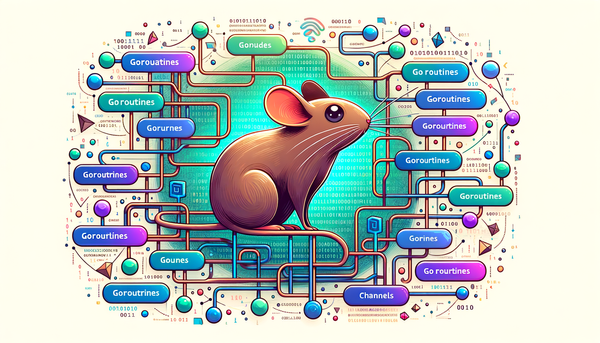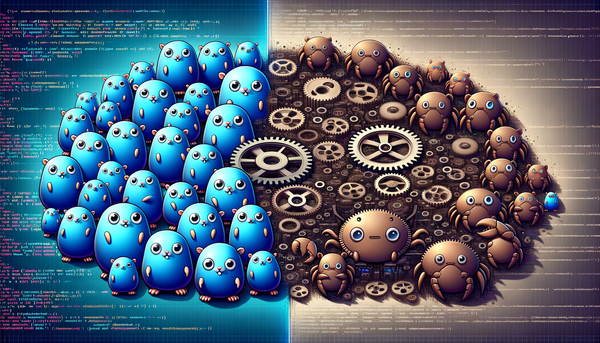What is Fiber Optic Cable? (A Comprehensive Guide for Beginners)
Discover the magic of fiber optic cables! Learn how these tiny strands of glass transmit data at lightning speed, making the internet possible. Explore how they work, different types, installation tips, common problems, and practical examples for setting up your own network.

Imagine you have a really fast way to send information, like a super-speedy messenger. That's what fiber optic cable is! It's a special type of cable that uses light to send information really, really fast. Think of it as a tiny tunnel for light, and that light carries all the information you want to share.
Introduction
Today, we use the internet for everything - watching videos, talking to friends, even doing our homework! We need a fast and reliable way to connect to the internet, and that's where fiber optic cables come in. They're like the superhighways of the internet, making everything faster and smoother.
What is Fiber Optic Cable?
Fiber optic cable is a type of cable made from thin strands of glass or plastic, called fibers. These fibers are super thin, like a strand of hair, and they're arranged together inside a protective outer layer. Let's take a closer look at what's inside a fiber optic cable:
- Core: This is the heart of the fiber. It's the tiny glass or plastic tube that light travels through.
- Cladding: This layer surrounds the core and helps to reflect the light back into the core. Think of it as a mirror that keeps the light going in the right direction.
- Buffer Coating: This is the protective outer layer that keeps the fiber safe from getting scratched or damaged.
Types of Fiber Optic Cables
There are two main types of fiber optic cables:
1. Single-mode Fiber
- This type of cable uses a single beam of light to send information.
- It's best for sending information over long distances, like across a whole city or even between cities!
- It can carry lots of information at once, like a super-fast highway with many lanes.
2. Multi-mode Fiber
- This type of cable uses multiple beams of light to send information.
- It's good for sending information over shorter distances, like within a building or a neighborhood.
- It's not as fast as single-mode fiber, but it's still a lot faster than regular cables.
Advantages of Fiber Optic Cables
So why are fiber optic cables so awesome? Here are some key reasons:
- Speed: Fiber optic cables are super fast because they use light to send information, and light travels at the speed of light! This means you can download files, watch videos, and play online games without any lag.
- Bandwidth: Fiber optic cables can carry a lot of information at once. It's like having a super-wide highway for information to travel on. This means you can do many things online at the same time, like video call, stream music, and browse the internet, without slowing down.
- Distance: Fiber optic cables can send information over long distances without losing quality. This is because light doesn't lose strength as easily as electrical signals in regular cables.
- Durability: Fiber optic cables are very strong and resistant to damage. They're not easily affected by things like weather or interference from other electronic devices.
- Security: It's very difficult to intercept information traveling through fiber optic cables. This makes them very secure for sending sensitive data, like bank information or personal details.
How Fiber Optic Cable Works
Let's imagine a long, clear tube. If you shine a flashlight into one end of the tube, the light travels through it and comes out the other end. This is kind of how fiber optic cables work. The light acts like a messenger carrying information through the cable.
Here's a more detailed explanation:
- Light Source: A special device called a laser or LED creates a beam of light.
- Encoding: The information you want to send is turned into a pattern of light pulses. Imagine turning a flashlight on and off quickly to create a message.
- Transmission: The light pulses travel through the fiber optic cable, bouncing off the inside walls.
- Decoding: At the other end of the cable, the light pulses are received and turned back into the original information.
Simple Example
Think of a game of telephone. When you whisper a message to the person next to you, that person whispers it to the next person, and so on. Each time the message gets passed on, it might change a little. With fiber optic cables, it's like having a super-fast telephone where the message stays perfectly clear all the way through, no matter how far it travels.
Installing Fiber Optic Cables
Installing fiber optic cables might seem complicated, but it's not as hard as you think! Here are the basic steps:
- Plan: Decide where the cable will go, like around walls or under the ground.
- Gather Tools: You'll need some special tools to work with fiber optic cables, like tools for cutting, splicing, and connecting them.
- Lay the Cable: Carefully run the cable through the planned route. You might need to use special conduits or bury it underground.
- Splice and Terminate: Connect different pieces of cable together using a special tool called a fusion splicer. You also need to attach connectors to the ends of the cables.
- Test: Use a special device to make sure the cable is working properly and the information is traveling through it without any problems.
Practical Tutorial: Splicing Fiber Optic Cable
Let's say your fiber optic cable gets damaged. You can fix it by splicing two pieces of cable together! Here's a simple guide:
Tools You Need:
- Fiber optic stripper: To remove the outer layer of the cable.
- Cleaver: To make a clean cut on the fiber.
- Fusion splicer: To join two fibers together.
- Isopropyl alcohol wipes: To clean the fiber ends.
- Fiber optic connectors: To connect the cable to other devices.
Steps:
- Strip the Fiber: Use the stripper to remove the outer coating of the cable, revealing the fiber inside.
- Cleave the Fiber: Use the cleaver to make a perfect cut on the fiber. This ensures that the light travels through smoothly.
- Clean the Fiber: Use the isopropyl alcohol wipes to clean the cut ends of the fiber to remove any dust or debris.
- Fuse the Fibers: Carefully place the clean fiber ends into the fusion splicer. The splicer uses heat to melt the ends together, creating a strong bond.
- Test the Connection: Use a special device to check that the splice is strong and the light travels through it without any loss.
# This is a placeholder code snippet for automation tools used in fiber optic installations.
import subprocess
# Function to test signal strength
def test_signal(connection_point):
try:
# Simulating a signal test
result = subprocess.run(['ping', '-c', '4', connection_point], capture_output=True)
return result.stdout
except Exception as e:
return str(e)
# Testing the signal at a specific point
signal_result = test_signal('192.168.1.1')
print(signal_result)
The Future of Fiber Optics
Fiber optic cables are the future of communication! They're constantly getting better and faster, making the internet even more powerful. They're also helping to build new technologies like 5G, which will make our phones even faster and more connected.
Conclusion
Fiber optic cables are like magic for the internet! They make everything faster, smoother, and more secure. Whether you're at home, at school, or at work, fiber optic cables are helping to connect us all and make the world a better place.




